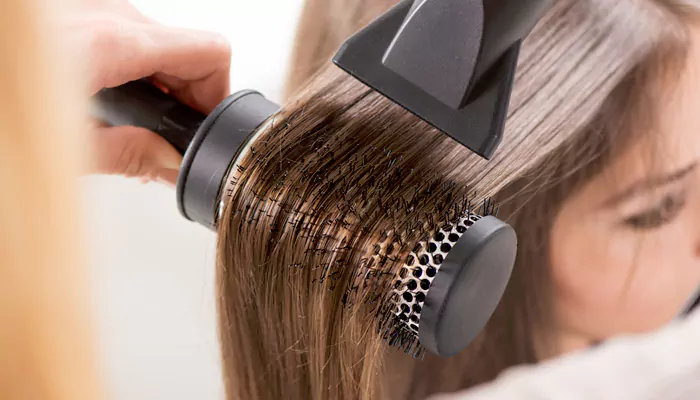
Tea tree oil, derived from the leaves of the Australian tea tree (Melaleuca alternifolia), has been hailed for its antiseptic properties and used in traditional medicine for centuries.
In recent years, it has gained popularity as a natural remedy for various ailments, including acne, fungal infections, and dandruff. Another application that has attracted attention is its use against head lice, a common concern especially in school-aged children. The question arises – does tea tree oil work for treating lice?
The Efficacy of Tea Tree Oil Against Lice
Several studies have explored the effectiveness of tea tree oil in treating head lice. Its anti-parasitic properties, primarily attributed to the compounds terpinen-4-ol and 1,8-cineole, are believed to be the mechanism through which tea tree oil combats lice. Research has shown that these compounds can kill lice in the nymph and adult stages, as well as reduce the viability of eggs (nits).
A study found that a solution containing tea tree oil was effective in killing head lice in both laboratory and field trials. Another study demonstrated that a treatment combining tea tree oil and nerolidol (a plant-derived compound) was particularly effective in eliminating lice eggs.
Despite these promising results, it’s important to note that tea tree oil should not be considered a standalone cure for head lice. While it can be effective in killing lice and potentially reducing the number of viable eggs, complete eradication often requires a comprehensive approach. This includes using a lice comb to physically remove nits from the hair, as well as following up with repeated treatments to address any newly hatched lice.
How to Use Tea Tree Oil for Lice
If you’re considering using tea tree oil as part of your approach to treating head lice, it’s crucial to use it safely and effectively. Here are some guidelines:
Dilute the Oil
Pure tea tree oil is potent and can cause skin irritation or allergic reactions in some individuals. Always dilute it with a carrier oil, such as coconut oil or olive oil, before applying it to the scalp. A recommended concentration is 1-2% tea tree oil in the carrier oil.
Apply with Care
Apply the diluted tea tree oil solution to the scalp and hair, ensuring thorough coverage. Leave it on overnight, covering the head with a shower cap to enhance its efficacy and prevent it from staining bedding.
Comb Out the Lice

After the treatment period, use a fine-toothed comb to comb through the hair, section by section, to remove the dead lice and nits.
Repeat the Treatment
Because tea tree oil may not kill all eggs in a single treatment, it’s necessary to repeat the process every 5-7 days for at least two to three weeks to ensure any newly hatched lice are also eliminated.
Precautions and Side Effects
While tea tree oil can be a natural alternative to chemical lice treatments, it’s not without its risks. Potential side effects include skin irritation, allergic reactions, and in rare cases, hormonal effects in boys. To minimize risks, always conduct a patch test before full application. Furthermore, tea tree oil should never be ingested due to its potential toxicity. Keep it out of reach of children and pets, and consult with a healthcare provider before using it on young children.
Tea tree oil shows promise as a part of a multi-faceted approach to treating head lice, thanks to its natural anti-parasitic properties. However, it should be used with caution and in conjunction with other proven lice treatment methods. Always prioritize safety and efficacy, and consider consulting a healthcare professional for advice tailored to your specific situation.












